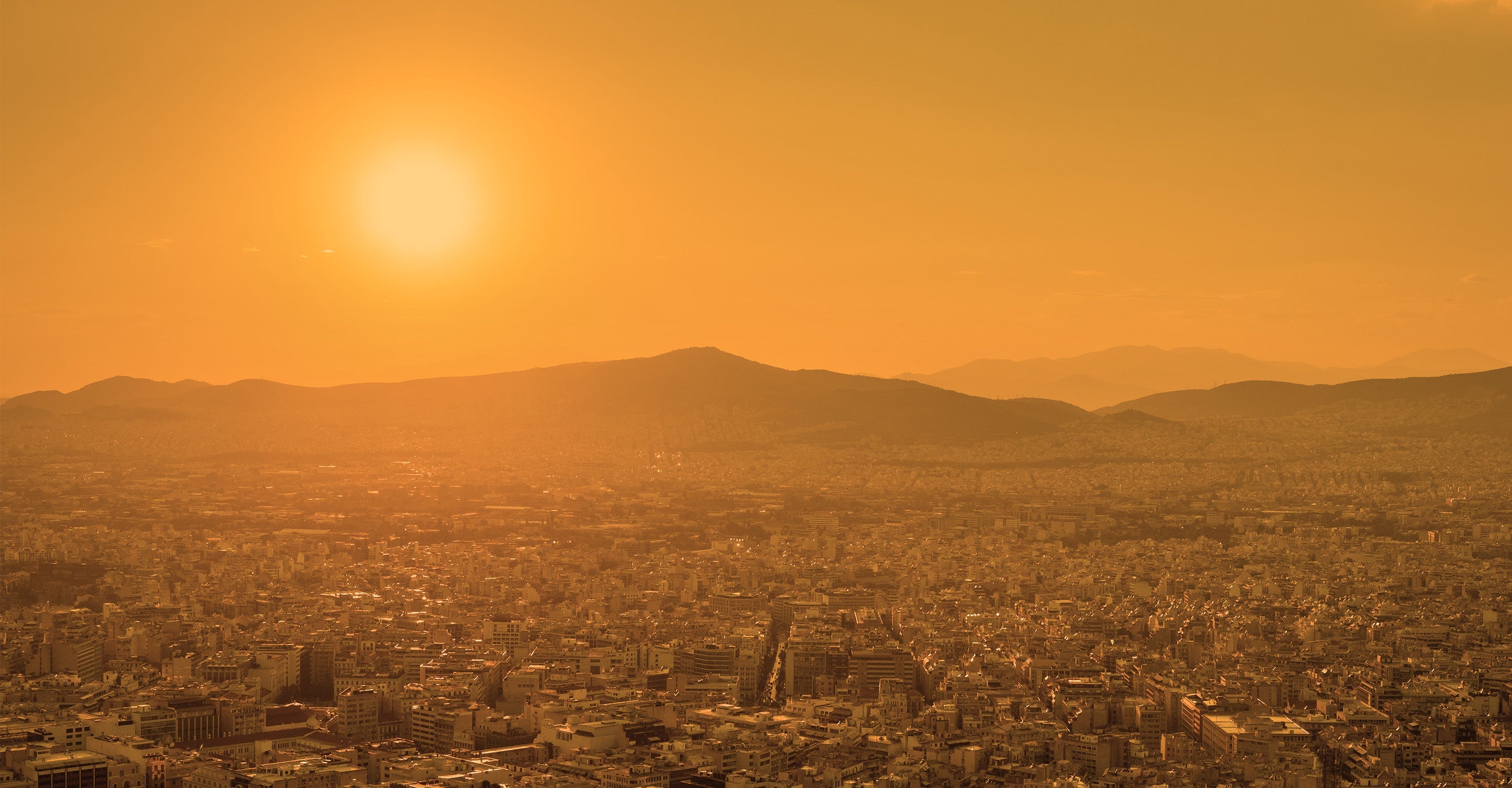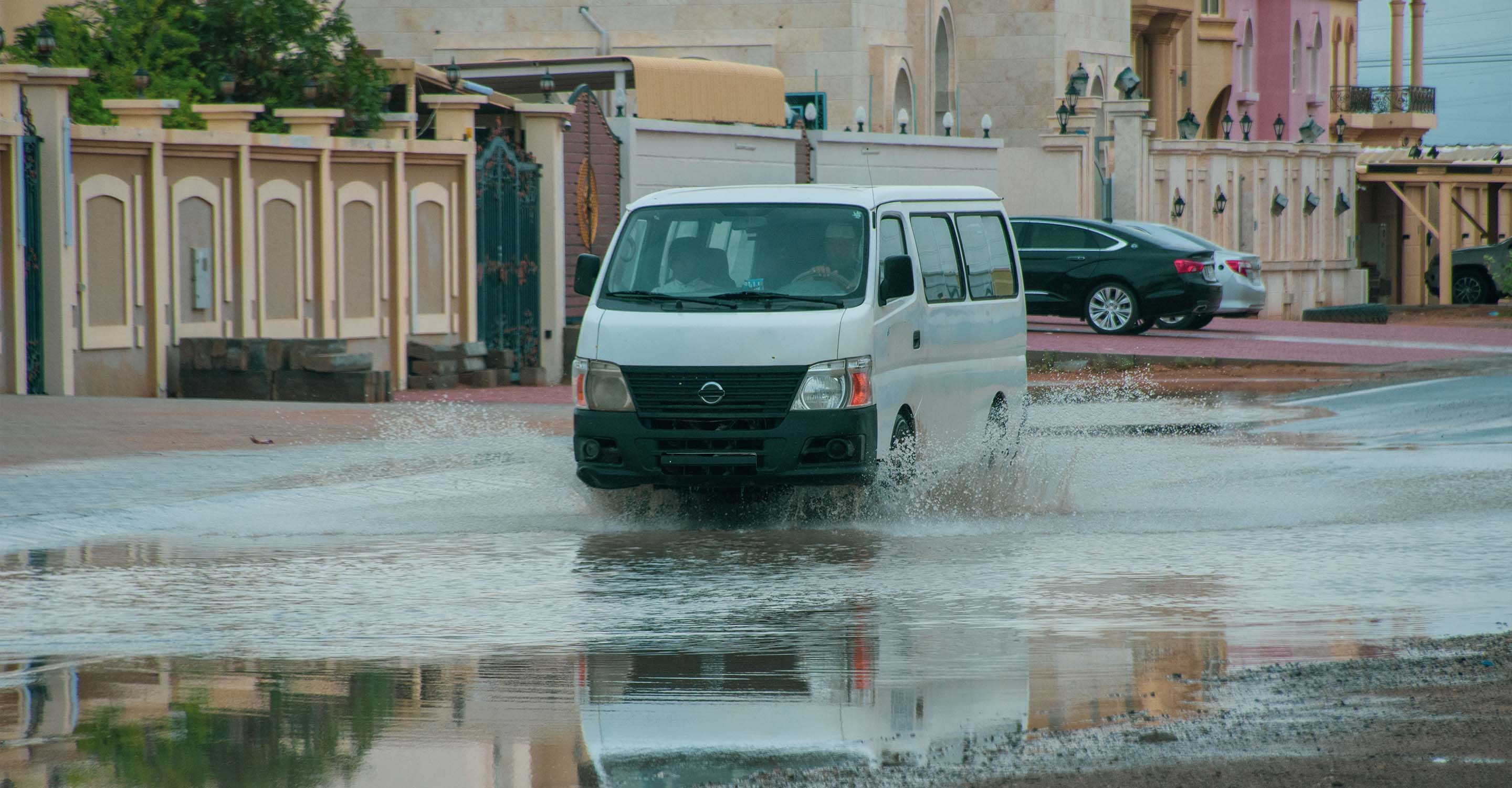Nehbandan air quality map
Live air pollution map of Nehbandan
38 people follow this city
Full screen
Contributors category
0
Government
0
Educational
0
Non-profit organization
0
Corporate
0
Individual
0
Anonymous
Station(s) operated by

*IQAir’s AQI data modeled using satellite data. Learn more
Health Recommendations
| Sensitive groups should reduce outdoor exercise | |
| Close your windows to avoid dirty outdoor air GET A MONITOR | |
| Sensitive groups should wear a mask outdoors GET A MASK | |
| Sensitive groups should run an air purifier GET AN AIR PURIFIER |
Nehbandan does not have air sensor data
Be the first to measure and contribute air quality data to your community.
Understand air pollution and protect yourself
Nehbandan MAP AIR QUALITY ANALYSIS AND STATISTICS
How much valuable information about air quality is there on the air pollution map for Nehbandan?
There is a wealth of information about air quality on the air pollution map for Nehbandan. The map acts as a link to the new page. Clicking on the map will open a new set of pages filled with all the relevant information.
When the new page first opens, the viewer will see a solid colour as the background of the map which is a direct indication of the present state of the air. Currently, the colour is greenish/yellow to show the air quality to be “Moderate”. Colours range from pale green to dark maroon and their full meaning can be seen in the legend at the foot of the page. They are standard colours that are used across the entire IQAir website.
Sometimes there will be many coloured discs scattered across the map which represent the sites of the ground-level air monitoring stations that provide the city with its data. In the centre of each coloured disc is a number which is the United States Air Quality Index reading or US AQI for short. This is calculated by measuring the levels of six of the most commonly found pollutants in the city air. These are usually both sizes of Particulate Matter (PM2.5 and PM10), ozone, nitrogen dioxide, sulphur dioxide and carbon monoxide. Not all cities have physical stations and rely on data from overhead satellites instead. Nehbandan is one of those cities that has no such stations but the results are just the same.
Once this US AQI figure has been established, it is used as a standard when comparing air quality in different locations across the globe. The complete system has the backing of the World Health Organisation (WHO).
Looking back to the main city page, it can be seen in the coloured banner across the top of it that the air quality was “Moderate” with a US AQI reading of 53. The yellow colour of the banner also reflects the air quality and the asterisk on the right-hand side of the number indicates that the information is modelled on satellite data. The main pollutant was found to be PM2.5 with a recorded level of 13.1 µg/m³ (microns per cubic metre). This figure exceeds the suggested target of 5 µg/m³ by more than two and a half times. This target figure is recommended by the WHO.
Is there much more fascinating information about air quality on the air pollution map for Nehbandan?
There are a lot more very interesting facts and figures about air quality on the air pollution map for Nehbandan and it is easy to access by using the “Full-screen” icon that can be found on the initial page.
Once viewed in this way, a list of four options will be seen on the left-hand side of the screen. These options can all be turned on or off individually to see the full effects they have on the map.
The first option would show the sites of the ground-level air monitoring stations there are, both in and around the city. But, as already stated, Nehbandan has no physical stations and relies on data modelling from satellites.
The next option shows the positions of any wildfires there are that happen to be burning in the vicinity. At the time of writing in early May 2023, there were no fires reported to be burning out of control. If fires are detected then option number four needs to be studied in depth because it shows the speed and direction of the prevailing winds and will give a good indication of where the ensuing smoke may blow.
The third option has the ability to change the colour of the map to visually show the current air quality. When the quality is poor, the map will take on some very dark colours which some may find confusing. If this is so, the option can be disabled so the colour spectrum will return to a more neutral set which is more acceptable when viewing the map.
The rest of the facts and figures can be found on the right-hand side of the screen where a table will be seen that lists the top seven most polluted cities in the world, according to their US AQI readings. The remainder of the participating world cities can be seen by expanding the full-screen section which will open a new set of pages which lists these cities in descending order.
Can the source of the polluted air be seen on the air quality map for Nehbandan?
Whilst it is not directly shown on the air quality map for Nehbandan, it is well-known that the sources of air pollutants in the country are not limited to oil refineries, car exhausts and industrial activities. There are other sources that are no less dangerous than the internal sources. The country is constantly exposed to air pollutants migrating from neighbouring countries by wind, especially those coming from the north and northeast during the spring and autumn seasons, as pollutants from external sources constitute about 5 per cent of the total pollutants of the air environment, and come in a later rank to the sources of the most dangerous pollutants.
Home appliances that run on energy combustion, motorized vehicles, industrial facilities and forest fires are common sources of air pollution. Air pollutants that are a major public health concern include particulate matter, carbon monoxide, ozone, nitrogen dioxide and carbon dioxide.
PM2.5 and PM10 are often quoted on the air pollution map for Nehbandan, but what are they?
PM2.5 are atmospheric aerosols with a maximum diameter of 2.5 micrometres. This type of suspended particulate matter is considered the most dangerous to human health. This is due to its very fine nature, and its ability to penetrate directly into the bloodstream.
PM10 is a mixture of particles suspended in the air that do not exceed 10 micrograms in diameter. It is harmful because it contains benzopyrenes, furans, dioxins and in short, carcinogenic heavy metals. According to the WHO, the limit value of the average daily concentration of this particulate matter is 50 micrograms per cubic meter, and the annual limit value is 20 micrograms per cubic meter. However, it is worth noting that information about exceeded limit values is only announced when the daily concentration of PM10 is 200 micrograms per cubic meter. This shows how often people believe that the quality of the air is acceptable, even when it is very polluted, just because the alarm level has not been reached yet.








